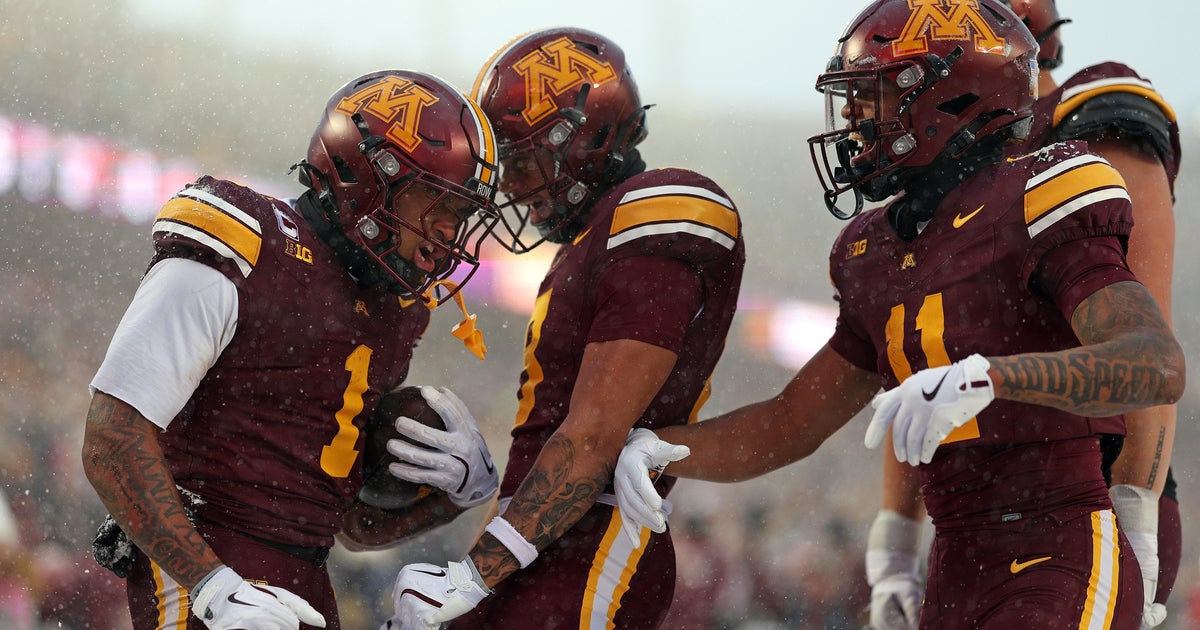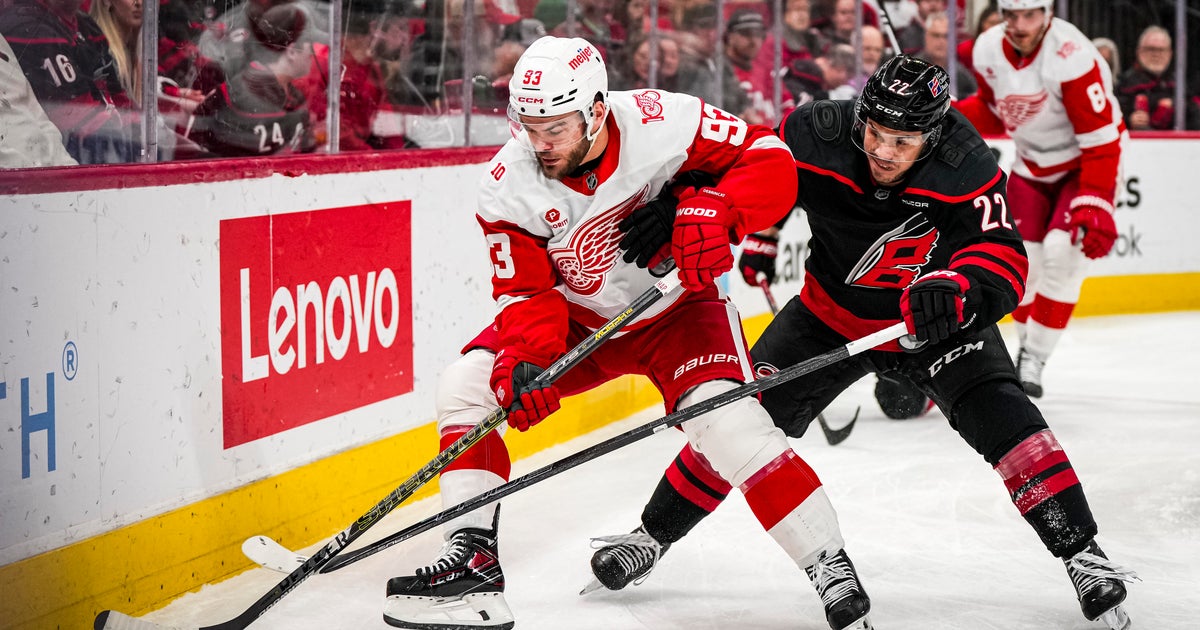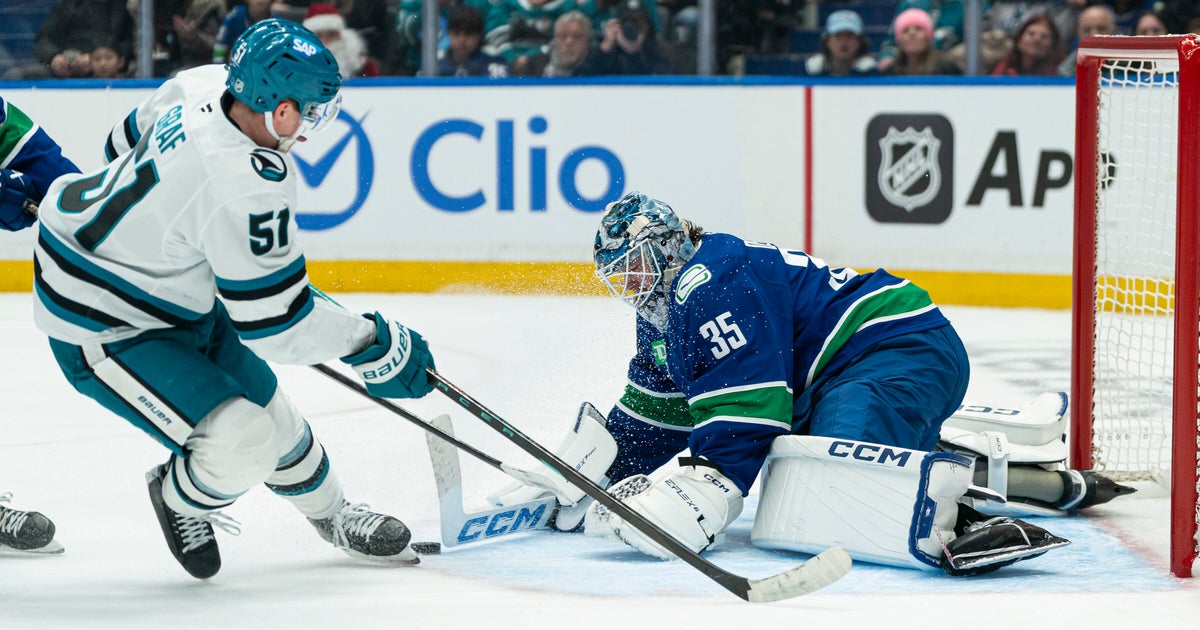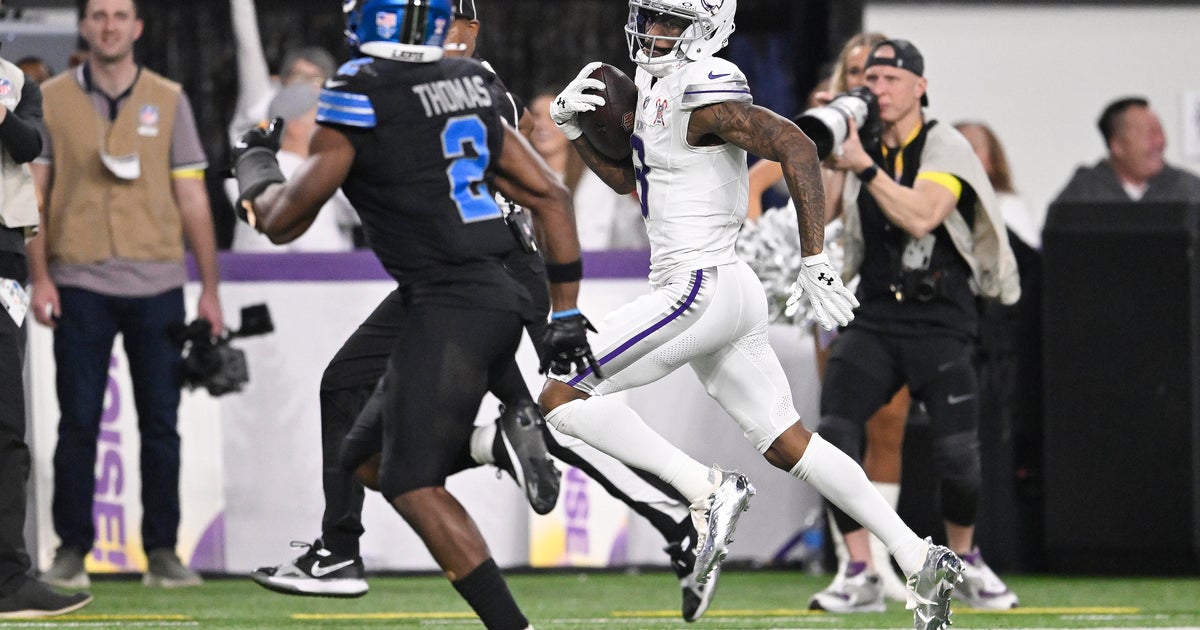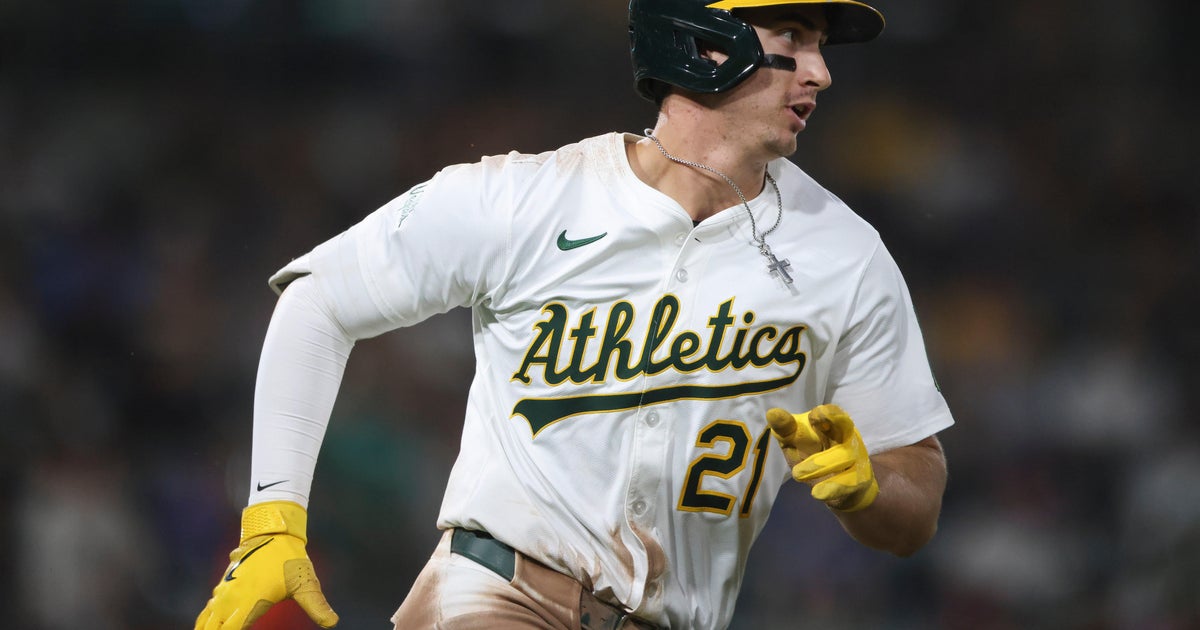Sims: Warrior Code Fallout
By Abby Sims
» More Columns
With the focus on projecting the impact of 35 year-old Kobe Bryant's ruptured left Achilles on the Lakers' playoff prospects and his future in the sport, there hasn't been much said about the implications of Bryant having played hurt. It is as though one injury had no bearing on the other. That is not likely the case.
Kobe sustained what was reportedly a "severe" left ankle sprain on March 13th and returned to the lineup after missing only several games. This script went much like that after a similar injury suffered in 2010 when he missed just five games. This season, even more than most, Bryant has had to carry the Lakers on his back after a very rough start and a series of significant injuries to his supporting cast.
On Friday night, it wasn't only Kobe's left ankle that bothered him. Early in the second half he hyperextended his left knee but stayed on the court to ensure the victory that would keep the Lakers in contention for the last playoff berth in the West. He left the game with 3.06 remaining only after making the foul shots awarded after the play that ended his season. Reports have painted the picture of the warrior fighting through his pain for the good of the team. As per the hero's code, Kobe is to be commended for his commitment and fortitude; however, as an athlete ages, that drive we so admire can become his downfall. Yesterday it did.
Derek Jeter can relate. It was only after fracturing his ankle and requiring surgery toward the end of last season that he used his 20-20 hindsight to concur that maybe he shouldn't have played hurt after suffering a severe ankle contusion. Ya think? But, one of the things players and fans have always loved about Jeter is his "get-it-done" attitude. He isn't a complainer – at least publicly – and, with respect to his sport, he is all business. But, as he sits out the start of the 2013 season with lingering issues, perhaps had they spoken, even Jeter would have advised Kobe to take it slower. This season might have been a push already, especially as Bryant was unlikely to lead the team to the championship on an injured ankle, even if they made the playoffs. Maybe being of sound body for next season, with a healthier roster to back him up, should have been the focus. But, too late now, and anyway there are never any guarantees. If he could have a Mulligan, what would Kobe opt to do? For any clues, you might like his Facebook musings from earlier this morning…
"This is such BS! All the training and sacrifice just flew out the window with one step that I've done millions of times! The frustration is unbearable. The anger is rage. Why the hell did this happen ?!? Makes no damn sense. Now I'm supposed to come back from this and be the same player Or better at 35?!? How in the world am I supposed to do that??
Read more: https://www.facebook.com/Kobe
Lowdown on the Achilles
The Achilles tendon is prone to rupture, particularly in males more than 30 years of age. Incidence of rupture rises along with age in an active population. Predisposition to Achilles rupture is heightened with a history of cortisone injections to the area, weakness/atrophy of the soleus muscle (in the lower calf), or with use of prescription medications known as flouroquinolones, (one of which, the drug Levaquin is often prescribed for conditions such as urinary tract infections). Certain systemic conditions, such as gout can also be a factor. Oftentimes, a rupture of the Achilles is preceded by mild symptoms. Did Kobe have them? Quite possibly, given the overall condition of his ankle… In any case, playing hurt definitively meant he was putting undue stress on other areas to compensate.
Anatomy of the Achilles
The Achilles tendon is a fibrous band that attaches the calf muscles (gastrocnemius and soleus) to the calcaneus (heel bone). Both of these muscles act to point the foot downward (plantar flexion). The gastroc, the bulkier muscle of the calf, originates above the knee (at the femur) and does its work best when the knee is straight. The soleus, a much smaller muscle, runs from the tibia (of the lower leg) to the heel, and is the go-to muscle for pointing the foot when the knee is bent. These calf muscles are powerful and propel us as we push-off in walking, running and jumping. They also enable us to walk on tiptoes.
Conditions that affect the Achilles
The Achilles tendon can become inflamed which has traditionally been known as tendinitis. Current thought is that tendinitis is generally really more consistent with damage at the cellular level in the form of microtears that, if chronic, ultimately result in a painful thickening and swelling of the tendon. This is known as tendinosis or tendinopathy. These conditions may be accompanied by an inflammation of the retrocalcaneal bursa, a fluid filled sac that cushions the Achilles, separating it from the bone above its attachment. This is known as retrocalcaneal, or Achilles bursitis.
Do you think Kobe should have taken more time off after his "severe" left ankle sprain on March 13th? Share your thoughts below.
